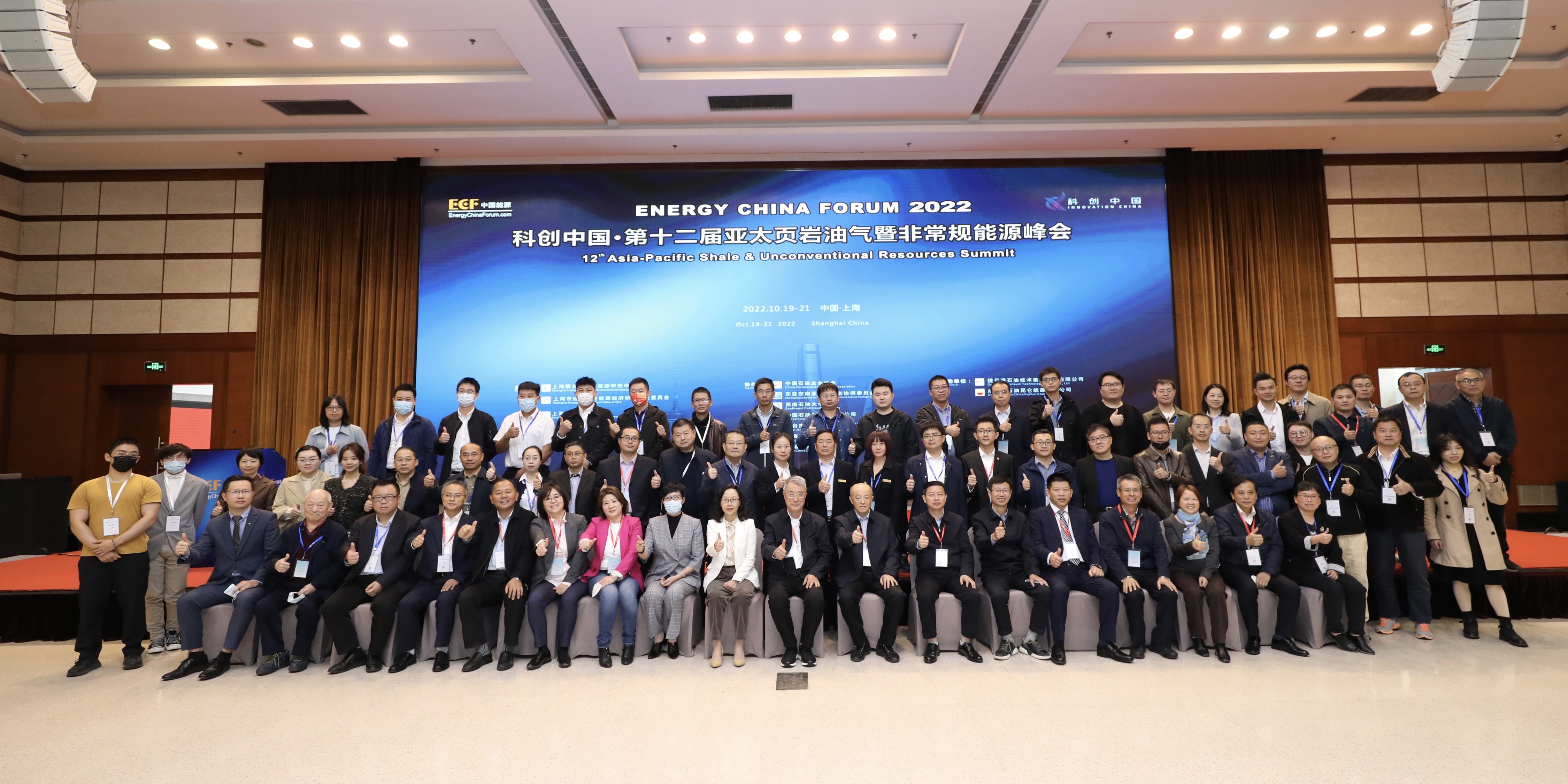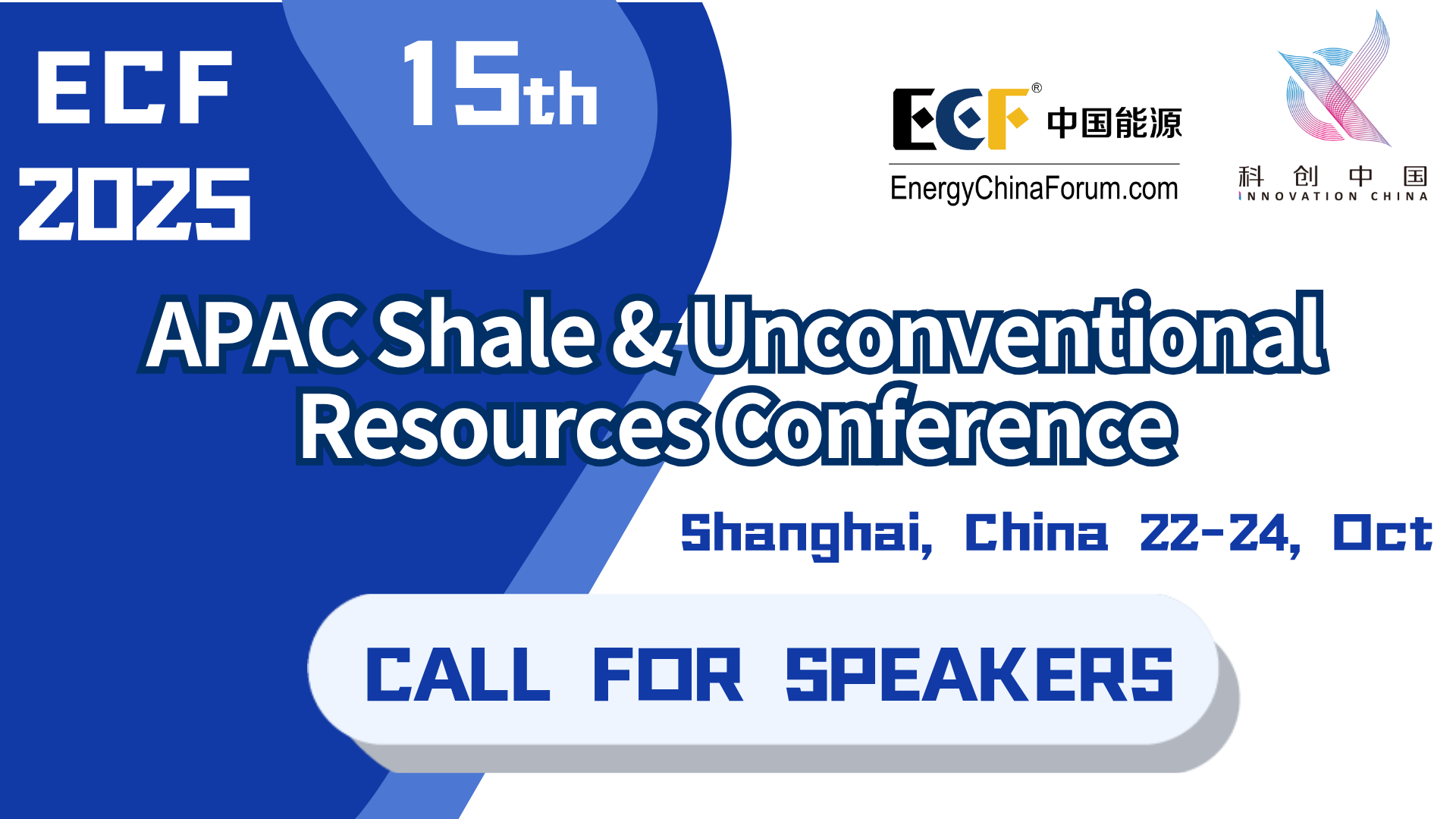Home
News, Data & Reports
Industry News
Changqing Oilfield Achieves Breakthrough in Nano Smart Flooding Technology
Changqing Oilfield Achieves Breakthrough in Nano Smart Flooding Technology
Log in or register to continue reading this article,Log in
Disclaimer: The above content was edited by Energy China Forum (www.energychinaforum.com), please contact ECF before reproduce.
Related News




